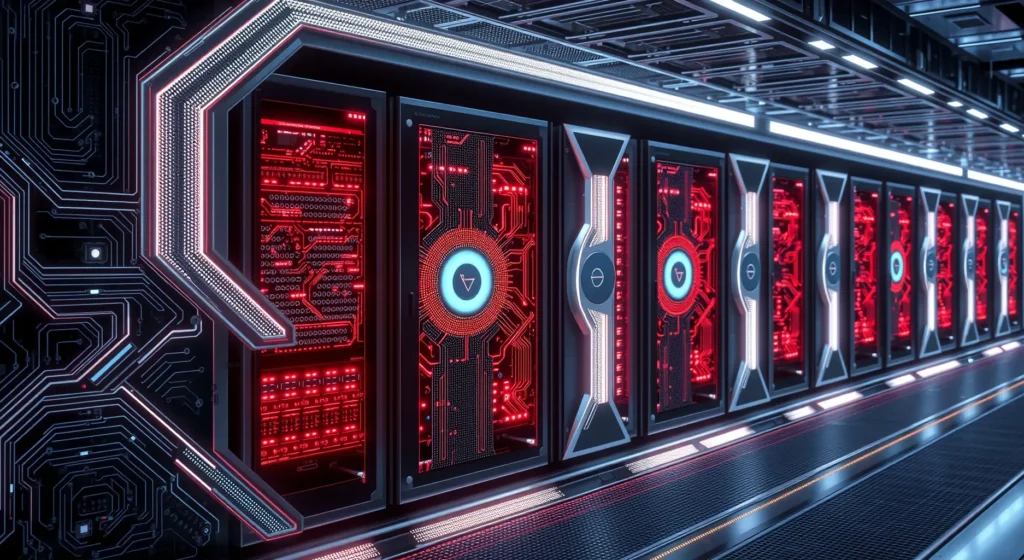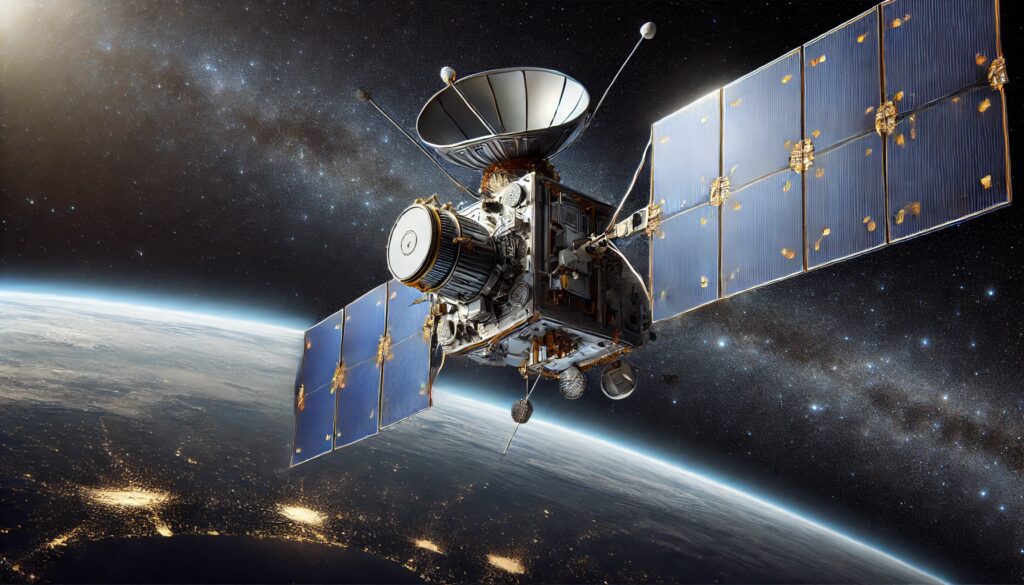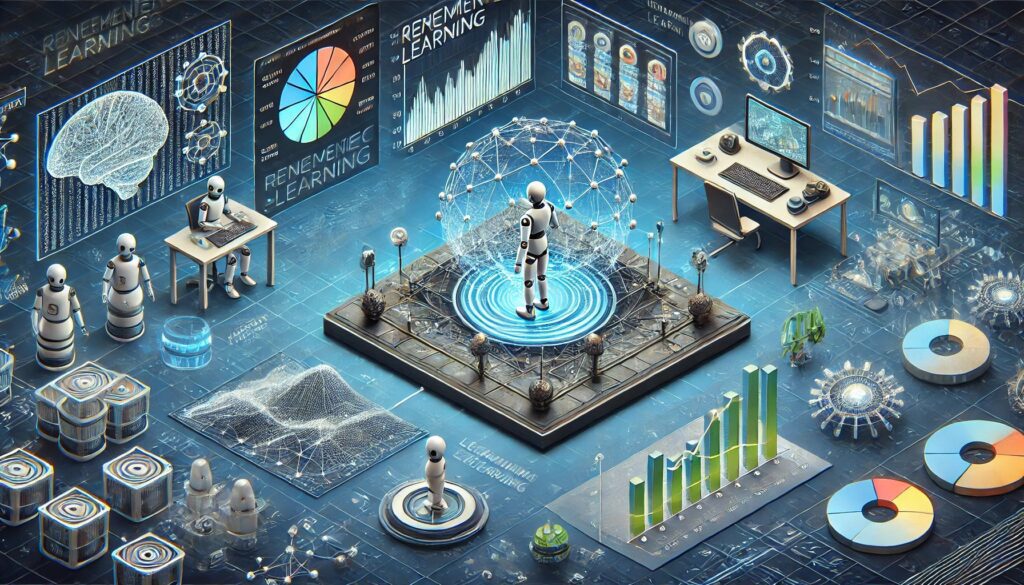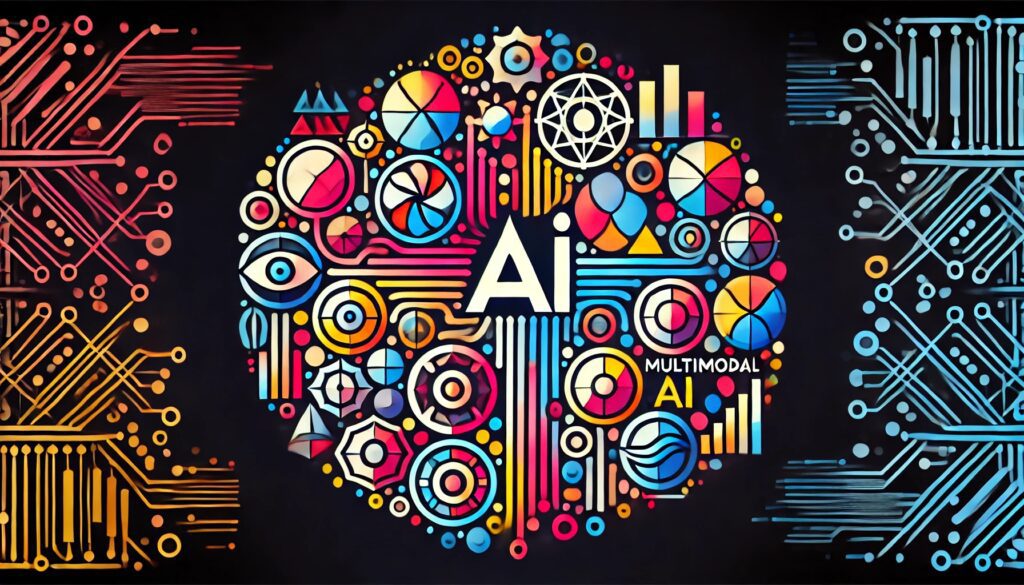
In the evolving landscapes of High-Performance Computing (HPC) and Artificial Intelligence (AI), the integration of GPU computing with hyperscale Network Attached Storage (NAS) is revolutionizing how we process and manage vast datasets. This powerful combination is unlocking new levels of computational power, data throughput, and scalability, all of which are essential for tackling the most demanding workloads in both HPC and AI.
GPU Computing: The Engine Behind Modern HPC and AI
GPU Acceleration has become a cornerstone in both HPC and AI due to the inherent parallel processing capabilities of Graphics Processing Units (GPUs). Unlike traditional CPUs, which are optimized for sequential tasks, GPUs are designed to handle thousands of simultaneous operations. This makes them exceptionally well-suited for tasks like matrix operations that are critical in deep learning and scientific simulations.
The ability of GPUs to accelerate these computations has led to significant advancements in AI, particularly in training deep neural networks where millions of calculations must be performed simultaneously. In HPC, GPUs are driving innovations in areas such as molecular dynamics, fluid dynamics, and finite element analysis, where massive computational power is required to simulate complex physical phenomena.
Scalability is another major advantage of GPU computing. As the complexity of AI models and HPC simulations increases, the need to scale computational resources becomes paramount. Multi-GPU systems and GPU clusters enable researchers and engineers to scale their workloads efficiently. This scalability allows for the parallelization of large tasks, reducing the time required for computations from days or weeks to mere hours.
Furthermore, energy efficiency is a critical factor driving the adoption of GPUs in large-scale computing environments. Despite their high computational capabilities, GPUs are more energy-efficient than traditional CPUs when it comes to parallel processing. This efficiency not only reduces operational costs but also aligns with the growing emphasis on sustainability in data center operations.
Hyperscale NAS: The Backbone of Data Management
As the volume of data generated by HPC and AI workloads continues to grow, the need for robust storage solutions becomes increasingly important. Hyperscale NAS systems have emerged as a key component in managing these vast datasets. Designed with a data-centric architecture, hyperscale NAS can scale to accommodate petabytes or even exabytes of data, providing the high throughput and low latency needed to support intensive computational tasks.
In environments where uptime is critical, the high availability and resilience offered by hyperscale NAS systems are indispensable. These systems are designed with redundancy and failover capabilities, ensuring that data remains accessible even in the event of hardware failures. This is crucial for maintaining the integrity of long-running HPC simulations or AI model training sessions, where any interruption could result in significant setbacks.
Advanced NAS solutions also offer a suite of integrated data services that simplify data management. Features such as snapshots, replication, and tiering allow organizations to manage data more efficiently, optimize storage costs, and ensure that data is stored in the most appropriate location based on its usage patterns. These services are particularly valuable in environments where data is constantly being generated, processed, and analyzed.

Synergizing GPU Computing and Hyperscale NAS
One of the primary challenges in GPU computing is ensuring that the GPUs are fed with data at a rate that matches their processing capabilities. Data throughput and latency are critical factors in this equation. Hyperscale NAS systems are designed to provide high-bandwidth data pipelines with minimal latency, ensuring that GPUs are not left idling while waiting for data. This alignment between data availability and processing speed is crucial for maximizing the efficiency of GPU resources.
The use of distributed file systems such as Lustre and GPFS, which are optimized for HPC environments, plays a vital role in this synergy. These file systems distribute data evenly across storage nodes, allowing multiple GPUs to access the data simultaneously. This distribution minimizes bottlenecks and ensures a consistent flow of data to the processing units, which is essential for maintaining high performance in both HPC and AI workloads.
Data localization and caching strategies further enhance the performance of GPU-NAS integrations. By caching frequently accessed data closer to the GPU nodes, hyperscale NAS systems can reduce the time it takes to retrieve critical information, thus speeding up processing times. This proximity of data to processing units is particularly beneficial in scenarios where large datasets need to be processed in real-time or near real-time.
Real-World Applications of GPU Computing and Hyperscale NAS
The combination of GPU computing and hyperscale NAS is driving significant advancements across a range of industries. In scientific research, for example, fields such as genomics, climate modeling, and physics simulations are benefiting from the ability to process and analyze massive datasets at unprecedented speeds. This capability is leading to faster discoveries and more accurate models, pushing the boundaries of what is possible in these disciplines.
In the realm of AI model training, the integration of GPU computing with hyperscale NAS is enabling the parallel processing of large datasets, significantly reducing training times. This acceleration is critical for developing more sophisticated AI models, particularly in deep learning, where the complexity of models continues to increase.
Big data analytics is another area where this combination is proving invaluable. Industries such as finance, healthcare, and cybersecurity rely on real-time data analysis to make critical decisions. The scalability and speed provided by GPU computing and hyperscale NAS allow these industries to process large datasets in real-time, uncovering insights that drive better outcomes.
Navigating Challenges and Embracing Future Innovations
While the benefits of integrating GPU computing with hyperscale NAS are clear, several challenges must be addressed to fully realize their potential. One of the most significant challenges is the cost associated with these technologies. High-performance hardware, software, and the energy consumption required to power these systems can be expensive. Balancing performance with cost-effectiveness is crucial for organizations looking to implement these technologies at scale.
Data management complexity is another challenge that comes with the territory. As data volumes grow, so does the complexity of managing and organizing that data. Ensuring that data is efficiently stored, retrieved, and processed requires advanced data management tools and automation. These tools will be critical in maintaining the efficiency of both GPU computing and NAS systems as datasets continue to expand.
Looking ahead, the rapid pace of innovation in HPC and AI means that system architectures must continually evolve. Future developments may include more tightly integrated GPU-NAS systems, AI-specific hardware, and enhanced data management algorithms. Staying ahead of these trends will be key to maintaining a competitive edge in a landscape that is constantly changing.
Conclusion: The Future of HPC and AI
The fusion of GPU computing with hyperscale NAS is setting the stage for the next era of high-performance computing and artificial intelligence. This powerful combination addresses critical challenges related to data throughput, scalability, and latency, providing the computational backbone necessary for future scientific breakthroughs, AI innovations, and big data analytics. As technology continues to evolve, this integration will be at the forefront of advancements across multiple disciplines, driving innovation and pushing the boundaries of what is possible.
For more in-depth exploration of the transformative potential of GPU computing and hyperscale NAS in HPC and AI, explore further resources.
- NVIDIA’s Role in GPU-Accelerated Computing: Learn more about how NVIDIA GPUs are transforming high-performance computing and AI, including case studies and technical details.
- High-Performance Computing with AWS: Explore how Amazon Web Services (AWS) offers cloud-based HPC solutions that leverage GPU computing and advanced storage options like hyperscale NAS.
- Lustre File System for HPC: Discover the benefits of the Lustre file system, a key component in many hyperscale NAS solutions for HPC environments.





